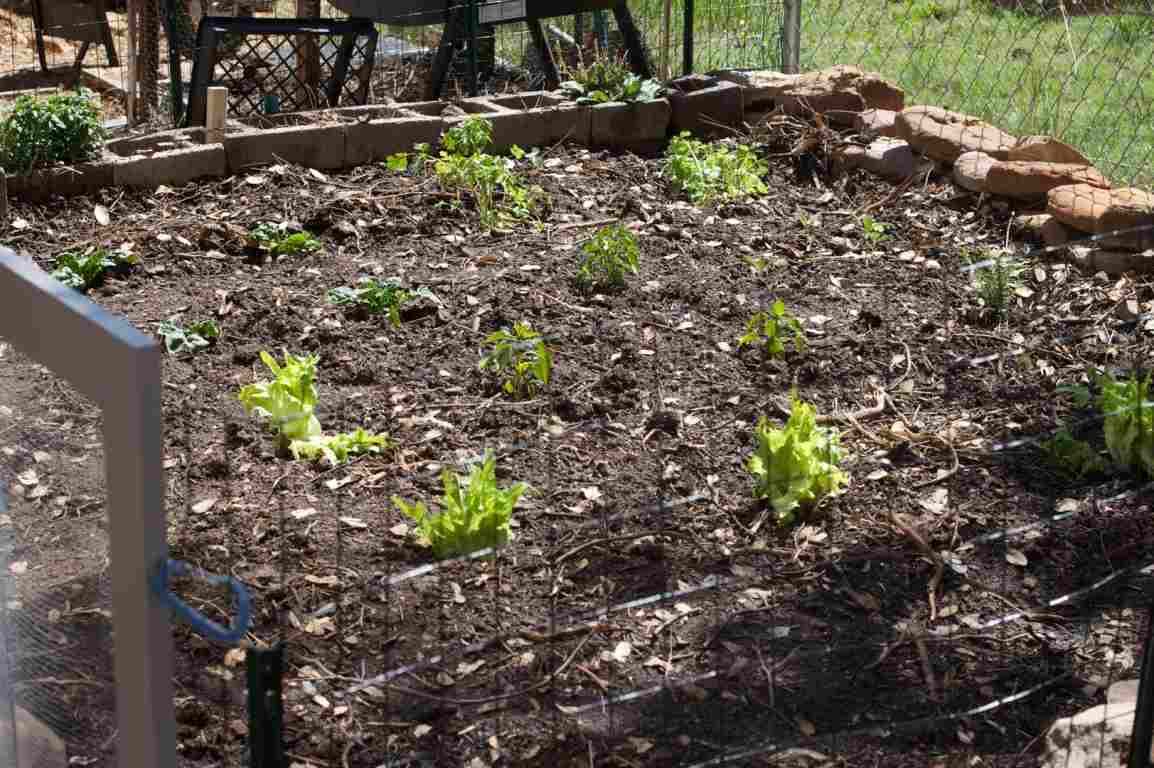What Is The Ideal Spacing Between Plants In A Garden Bed?
Are you planning to grow vegetables in your garden? Whether you are a beginner or an experienced gardener, it is important to understand the concept of plant spacing. Plant spacing refers to the distance between plants within a row and between rows of plants. Proper plant spacing is essential for the healthy growth of your vegetables.

The Benefits of Proper Plant Spacing
When you space your plants properly, you will experience a number of benefits:
- Reduced competition for nutrients and sunlight
- Increased yields
- Improved air circulation
- Reduced risk of disease and insect infestations
- Easier maintenance
- Better access to your plants for pruning and harvesting
Determining Plant Spacing
The proper spacing for your vegetable plants will depend on a number of factors, including:
- The specific type of vegetable
- The size of the mature plant
- Your soil fertility
- The amount of sunlight and water your garden receives
- Your climate zone
Some vegetables, like lettuce and spinach, can be planted close together, while others, like tomatoes and peppers, need more space to grow. As a general rule, larger plants require more space than smaller plants.
General Guidelines for Plant Spacing
Here are some general guidelines for plant spacing:
1. Leafy Vegetables
Leafy vegetables, such as lettuce, spinach, and kale, can be planted close together, with about 4-6 inches of space between plants.
2. Root Vegetables
Root vegetables, such as carrots, beets, and radishes, need more space to grow. Plant them about 2-6 inches apart, depending on the size of the mature plant.
3. Fruit Vegetables
Fruit vegetables, such as tomatoes, peppers, and eggplants, need more space to grow because they require more nutrients. Plant them about 18-36 inches apart, depending on the size of the mature plant.
4. Vine Vegetables
Vine vegetables, such as cucumbers, melons, and squash, require even more space to grow. Plant them about 24-48 inches apart, depending on the size of the mature plant.
Planting in Rows
When planting in rows, it is important to space your plants properly both within the row and between the rows. The distance between rows will depend on the size of your garden and the type of vegetables you are growing. As a general rule, leave about 18-24 inches between rows.
Conclusion
Proper plant spacing is essential for the healthy growth of your vegetable plants. By following these guidelines, you can ensure that your plants have enough space to grow and thrive. Happy gardening!



